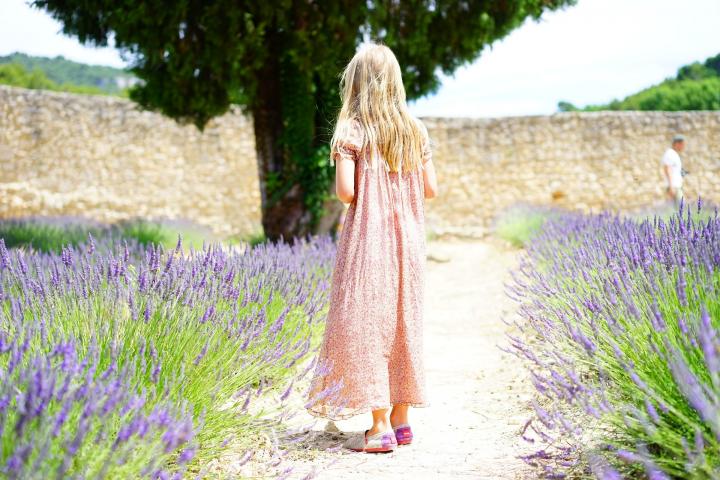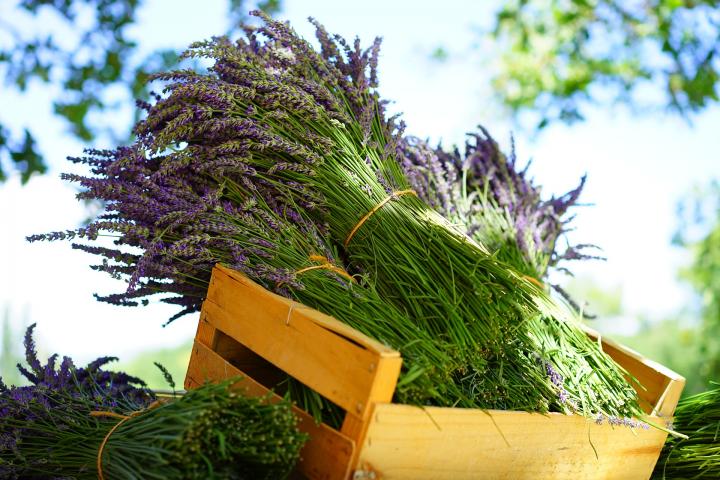
How to Plant, Grow, and Care for Lavender
Although edible, lavender is little used in recipes. It’s occasionally included as a constituent of herbes de Provence mixes, and leaves can be chopped and added sparingly to some sauces or used in shortbread biscuits. If you have any great lavender recipes, feel free to share them in the comments below!
ADVERTISEMENT
I like my lavender cookies a bit firmer and crispier. The original recipe says to let the dough sit on the counter for about 1/2 hour to allow the dough to rise. I would like to cut this time down to about 15 minutes or so. I think a bit of extra time allows the dough to rise faster and will create a firmer and more flavorful cookie.
Lavender Cookies
preheat oven to 350
1 c butter room temp
1 c sugar
1 beaten egg
1 1/2 c self rising AP flour
1 tbs lavender buds(8 sprigs)
8 oz dark chocolate for dipping
Beat butter and sugar til light
beat in egg
stir in flour and lavender buds
drop by 1/2 tsp 2" apart on parchment
bake 15 to 18 min-(check in 10 min)
cool completely
dip half way in melted chocolate
Leave on waxed paper to set
store in tin or freeze.
makes 4 doz
This year I had an abundance of dried flowers from years of harvesting. The dried buds were removed from the stem and crushed to powder for an absolutely wonderful Lavender Shortbread cookie. The recipe is easy and has now become the family favorite. The taste of lavender isn't overwhelming, but just present enough to know you're eating something really special.
Kate Leino, can you please share your Lavender shortbread cookie recipe? Sounds amazing (love the smell of lavender, and shortbread cookies are my favorite). Where do you recommend I buy Lavender powder (we live in Hawaii, and we don't grow lavender). Thank you! Gloria
Hello Kate,
I am very interested in the Lavender shortbread recipe you recommended. Will you share? It would be delightful with afternoon tea.











Comments